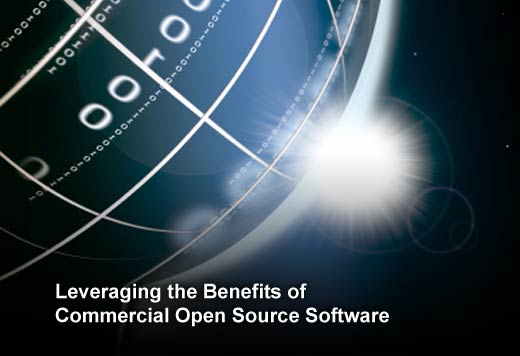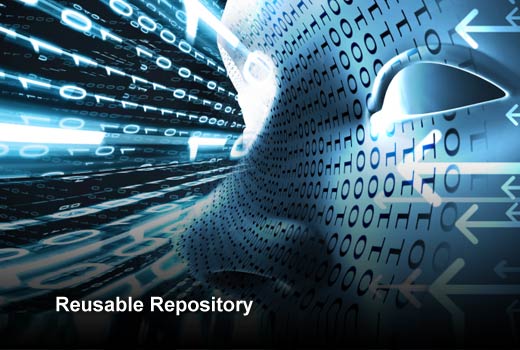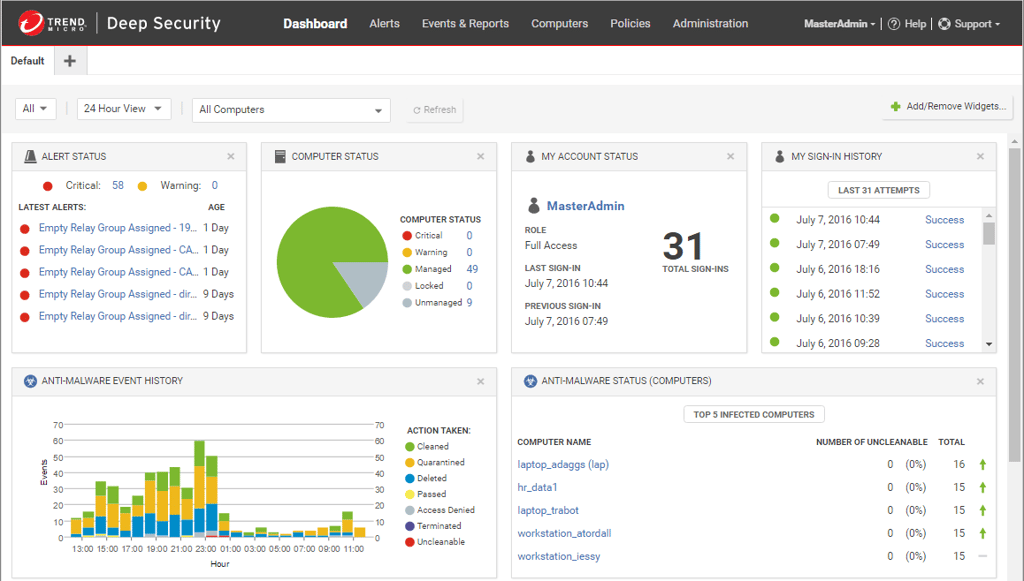Open source software projects ensure transparency, enabling community collaboration to improve overall quality. However, the guarantees that come with vendor-backed software projects help ease IT concerns and greatly benefit end users. To maximize business potential, companies are now turning to commercial open source options.
In commercial open source, backing from a vendor ensures the availability of product support and lets users know that the product is suited for commercial use, even for non-technical end users. According to Olivier Thierry, chief marketing officer of Zimbra, the mutually beneficial relationship between commercial vendor and community creates a powerful positive feedback mechanism that improves all aspects of the software. Any ecosystem needs support from its end users and trained experts if it intends to thrive, and commercial open source creates a platform where new opportunities and innovation can be sparked by this input. However, to make it work for your business, you need to identify the main goals of your commercial open source initiative and ensure transparency, flexibility and long-term value are central aspects of your plan.
This slideshow features six ways to leverage commercial open source software for your business.

Leveraging Commercial Open Source Software
Click through for six advantages organizations can garner by using commercial open source software, as identified by Olivier Thierry, chief marketing officer of Zimbra.

Avoid Lock-in
Commercial open source is built on open standards and APIs, fostering a more dynamic competitive landscape, driving increased value creation and product differentiation among similar offerings. Additionally, open source users gain improved interoperability between disparate systems and reduced friction on platform changes.

Increased Independence
The community nature of open source improves long-term project viability, by providing a mechanism for projects to continue if a vendor evaporates. And, by enabling an innovation ecosystem, open source creates a robust, extensible platform for value-added, third-party services and modules.

Reusable Repository
The broader community has access to a repository that ensures consistency across components and improves interoperability. Through access to publicly accessible code libraries and projects, developers can focus on solving specific problems by streamlining solution creation using reusable components rather than having to recreate core components.

Robust Innovation
The open source model increases the speed of innovation and fosters an innovation ecosystem that rewards value creation and business enablement. The diverse community provides multiple avenues of innovation, covering more and varied use cases and needs across a wider geography, all of which improves the ecosystem’s long-term sustainability and vigor.

Adherence to Industry Guidelines
You can tweak software or layer on modules to meet industry-specific or organization-specific compliance.

Increased Quality and Security
Open source quality and security doesn’t hinge on the diligence of a proprietary vendor. The community exposes projects to increased scrutiny; this means the platform is constantly assessed for code quality, vulnerabilities and bugs. In conjunction with the commercial vendor, time to resolution for issues found in the code is improved. According to the Ponemon Institute, 60 percent of IT professionals in the U.S. and across EMEA think commercial open source software is “higher quality than proprietary software.”















